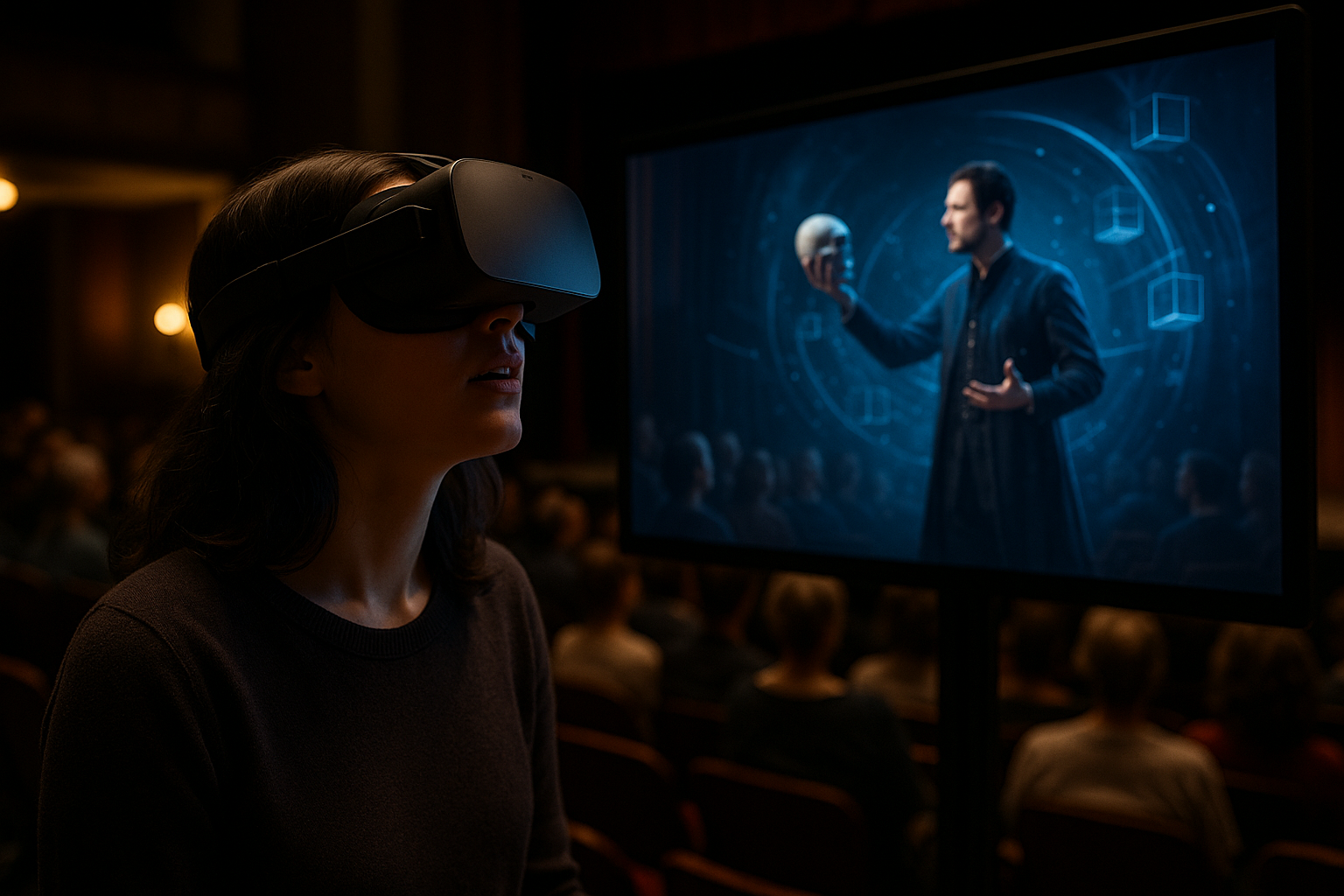Rights Management and Licensing for International Releases
Managing rights and licensing is central to releasing creative works internationally. This article outlines core considerations—from performance and exhibition rights to digital streaming and venue agreements—so producers, curators, and distributors can plan compliance and audience engagement across borders.

Releasing artistic work internationally requires careful rights management and licensing to align legal, commercial, and creative goals. Rights issues touch on performance permissions, exhibition clearances, and distribution channels such as digital streaming and broadcast. Properly negotiated licenses protect creators and venues, clarify revenue streams like ticketing or digital sales, and set terms for curation and collaboration across territories. Understanding territorial restrictions, moral rights, and collective licensing schemes is essential for reaching audiences while avoiding infringement or contractual disputes.
How does licensing affect performance and exhibition rights?
Performance and exhibition licenses determine when and where a live or recorded work may be shown. Performance rights typically involve public presentation permissions for plays, concerts, or readings and often require agreements with performing rights organizations or direct licenses from rights holders. Exhibition rights apply to screenings or gallery shows and can include format and duration constraints. For international releases, translations, subtitle rights, and local performance regulations must be addressed to ensure the work can be lawfully exhibited without limiting creative intent or audience access.
What are digital and streaming licensing challenges?
Digital and streaming rights pose unique territorial and platform-based challenges. Licensing for streaming often requires specifying territories, device types, and duration of availability, as well as resolving rights for embedded multimedia elements like music or archival footage. Rights clearance must account for geoblocking, sublicensing to local platforms, and differing copyright durations. Negotiations should include metadata requirements, content-delivery obligations, and takedown procedures to handle unauthorized copies, all while ensuring the terms align with intended audience reach and revenue models.
How do venues, ticketing, and audience rights interact?
Venue agreements and ticketing arrangements influence distribution and revenue sharing, as well as compliance obligations like public liability and accessibility. Licenses for public performance often require venue-level indemnities and clear definitions of permitted audience sizes or seating arrangements. Ticketing platforms may collect and share customer data, which affects privacy and marketing permissions for engagement. Contracts should specify how revenues from ticketing are divided, who controls refunds or cancellations, and how resale or secondary-market sales are handled in different jurisdictions.
How does multimedia, broadcast, and festivals impact releases?
Multimedia productions and broadcast arrangements demand layered licensing for visual, audio, and interactive components. Broadcast licenses generally cover transmission rights over radio, television, or online channels and may include exclusivity windows or rerun terms. Festivals introduce time-limited exhibition rights and may impose premiere requirements, curation standards, or restrictions on prior public availability. When planning festival circuits or broadcast deals, coordinate rights for all incorporated elements—music, stock footage, third-party designs—to prevent later clearances from blocking screenings or broadcasts.
What role does curation and creative collaboration play?
Curation and collaboration shape how content is presented and can create additional rights considerations. Curators may request edits, contextual material, or new works that require separate contributor agreements and clear ownership terms. Collaborative projects often involve shared moral rights, joint authorship questions, and profit-sharing arrangements. Clear documentation of contributions, licensing scopes, and approval processes helps preserve creative relationships while enabling international partners—festivals, galleries, platforms—to present the work according to agreed standards without risking disputes.
How can engagement be maintained across international markets?
Maintaining audience engagement internationally relies on licensing strategies that respect local cultures and distribution habits. Localization—subtitles, dubbing, adapted promotional materials—requires specific rights and often new clearances. Engagement can be increased through staggered release schedules, partnerships with local venues or festivals, and cross-platform approaches that combine live performance, streaming, and broadcast. Contracts should preserve flexibility for marketing, analytics sharing, and post-release collaborations so rights holders can respond to audience behavior while complying with regional licensing terms.
Conclusion
Effective international releases hinge on comprehensive rights management and well-structured licensing that address performance, exhibition, digital distribution, and collaborative creation. Clear contracts, early rights clearance for all multimedia elements, and attention to venue, ticketing, and local regulations reduce risk and support sustained audience engagement. Thoughtful planning enables creative projects to travel across borders while respecting legal frameworks and the interests of all participants.





